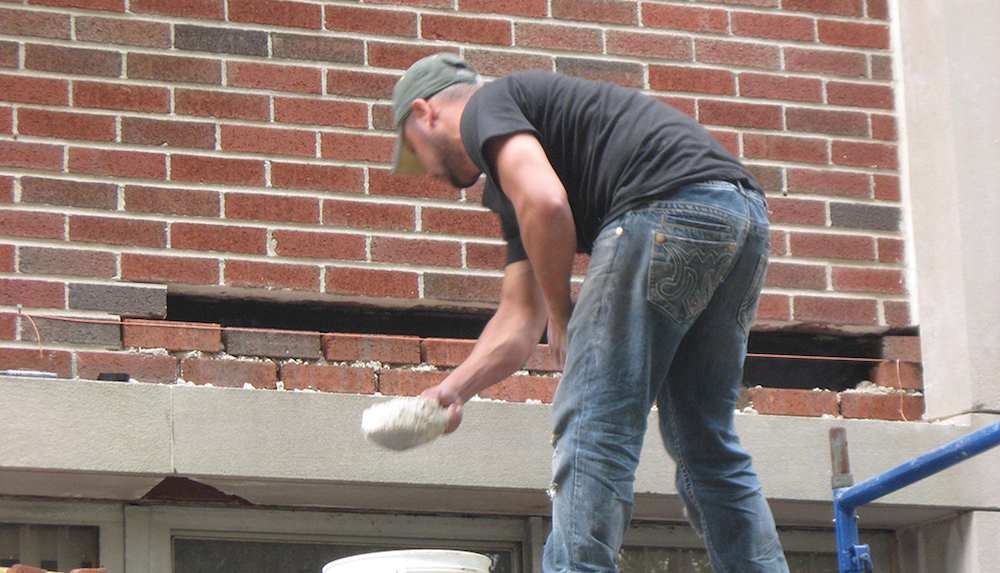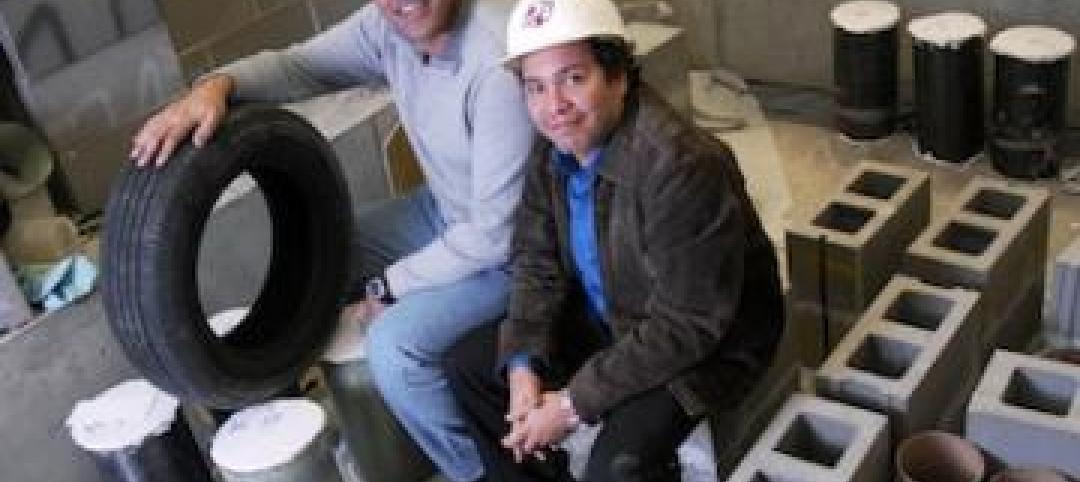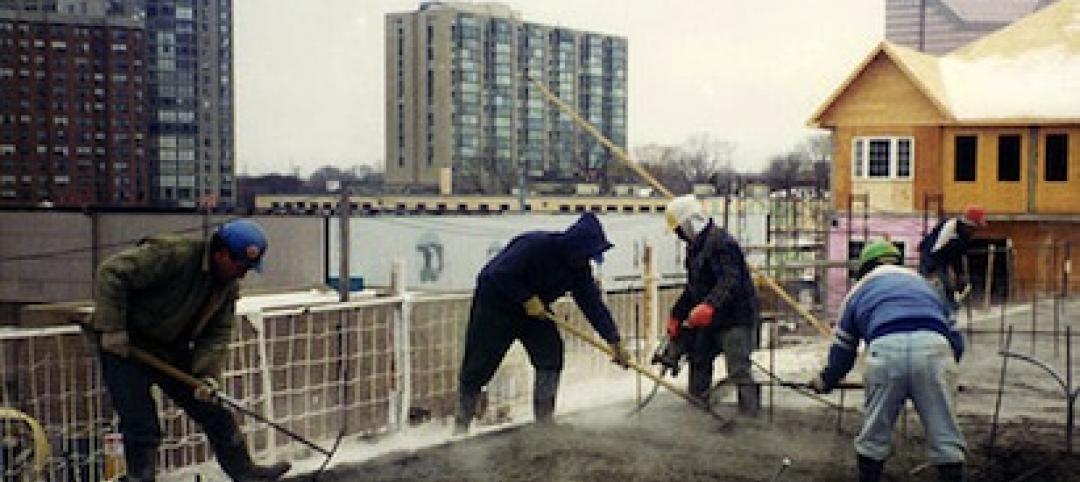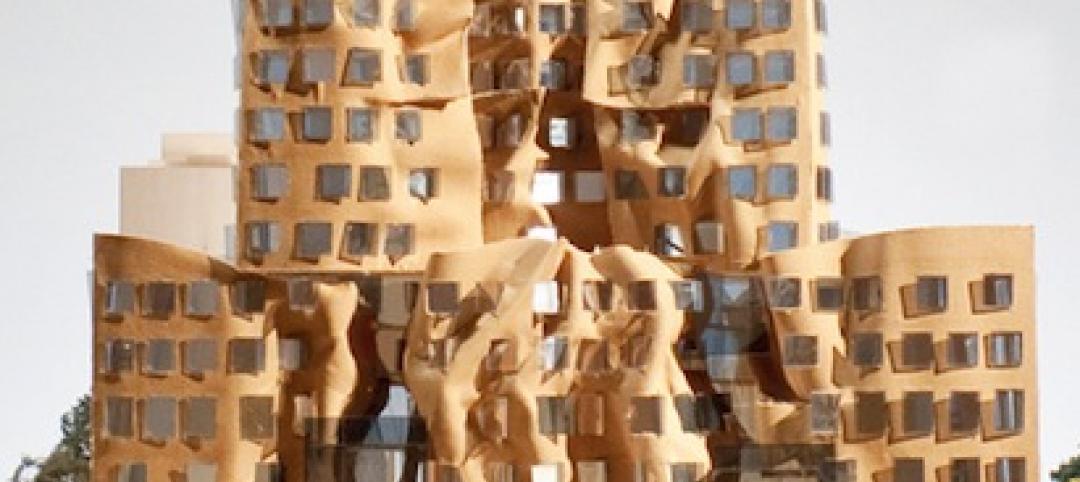If properly designed and constructed, brick masonry can be highly durable and tends to demand little in the way of routine repairs. However, it is still important to conduct regular inspection of the building façade to identify emerging problems and to plan for replacement of materials approaching the end of their lifespan.
While the brick units used in the wall assembly may last 100 years or longer, sills, parapets, chimneys, copings, and other elements with more severe weather exposure typically have a significantly shorter service life. Mortar joints may last 25 years before needing repairs, whereas sealants and plastic flashings could require replacement in as few as five years.
Inspection. To evaluate the behavior of different materials in various weather conditions, inspect seasonally, noting potential problems and needed repairs. Items to look for include:
- Masonry: cracks, spalls, loose brick, mortar cracks, deteriorated mortar, clogged weeps, vegetative growth, deteriorated sealant, efflorescence and stains, out-of-plumb units, water penetration.
- Flashings: damage, open lap joints, stains, missing areas.
- Caps, copings, sills: inadequate slope, cracks, mortar hairline cracks, loose or open joints, out-of-plumb units, missing drips.
Once any of the above problems have been observed, the underlying cause should be identified and corrected, as well as any outward effects of the condition.
Cleaning. Before applying a masonry cleaning product, consult the manufacturer, as the clays, additives, shales, and coatings that compose a given brick dictate how best it should be cleaned. Proprietary cleaning products formulated for brickwork may be helpful in removing stubborn stains. Pressure washers, which may be used for wetting and rinsing, can cause irreparable damage if used at excessive pressures to apply chemicals. The lowest pressure should be used to achieve the desired result. Improper acid cleaning procedures, including insufficient wetting/rinsing and strong acid concentrations, may inadvertently lead to staining, etching, and increased moisture penetration. Before approving a cleaning approach, test all materials and methods thoroughly.
Repair. Repointing is the process of removing damaged or deteriorated mortar to a uniform depth and replacing it with new mortar. When mortar is crumbling, cracked, or softened, repointing may be necessary to protect against water penetration.
Ideally, the original mortar composition should be replicated. If this is not possible, a mortar with a similar or slightly lower compressive strength is recommended for repointing.
The existing mortar should be removed at least to a depth that is twice the joint width, or until sound mortar is reached. To prepare the joint, dust and debris should be removed by brushing, blowing with air, or rinsing. Joints should be dampened, but the brickwork should absorb surface water before new mortar is placed. Mortar should be packed tightly in thin layers and tooled to match the original profile.
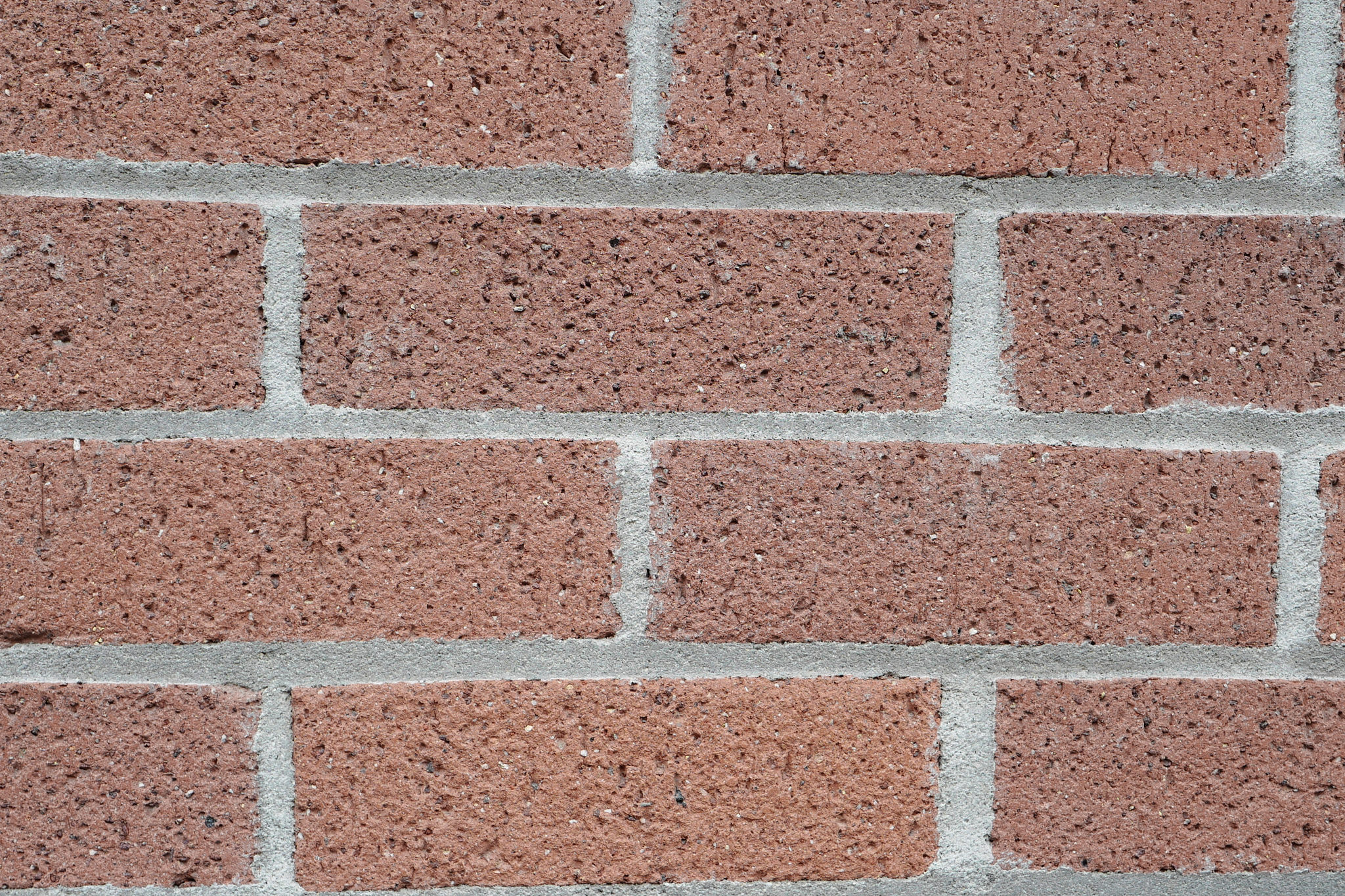 Photo: Lynn Friedman/Creative Commons.
Photo: Lynn Friedman/Creative Commons.
Both for water penetration protection and for aesthetic consistency, it is best to avoid partial repointing of a wall area. Cutting out and replacing all of the mortar joints across a given wall area or distinct visual element avoids a patchwork appearance and reduces long-term repair costs by replacing all of the suspect mortar in one go.
Sealant replacement: Although most of the joints in a brick masonry cavity wall are filled with mortar, the intersections between brickwork and other materials, such as windows, doors, roofs, or expansion joints, are filled with sealant. Since the lifespan of sealants can range from five to 20 years, sealant deterioration is a common source of moisture intrusion. When inspecting the façade, look for sealant that is missing, deteriorated, torn, or sagging and arrange for replacement with a sealant that is compatible with the adjacent materials.
Vegetation removal: Ivy may look fetching along the side of a building, but the ivy shoots penetrate voids in the mortar and tend to contribute to water infiltration. Rather than pull the vines from the wall, which can damage masonry, vines should be cut and allowed to dry up; they may then be removed using a stiff fiber brush and water. If the vines have damaged the mortar, repointing may be necessary.
Weep hole repair: Clogged weep holes may be opened by means of a dowel or stiff wire. If weep spacing is insufficient to effectively drain moisture to the exterior, new weep holes may need to be drilled. Consult a design professional before probing or drilling, as incorrectly placed weep holes may do more harm than good, and it is easy to accidentally damage concealed underlying flashing.
Brick unit replacement: Severely spalled or damaged brick should be replaced with units selected to match the originals in color, dimensions, and texture. After the damaged brick has been removed from the wall, all of the existing mortar should be cleared away and the surface cleaned and prepared. With the appropriate surfaces buttered with new mortar, replacement brick should be pressed into position and joints fully pointed and tooled. As with repointing, mortar for brick replacement should be selected to match the existing mortar in properties and appearance.
Flashing installation: When an investigation reveals that flashing is missing, damaged, or improperly installed, the exterior brick veneer must be removed to install the appropriate flashing. If the problem is allowed to persist, water will continue to become trapped in the wall cavity, leading to deterioration of the assembly and, eventually, infiltration into the building interior.
Wall tie and anchor retrofit: Without proper support, the exterior veneer of a cavity wall assembly is vulnerable to catastrophic collapse and failure, as it requires anchorage to the back-up to remain stable. When a wall has been constructed with insufficient ties, or where the existing connections have failed, retrofit anchors, such as helical screws, may be installed through a mortar joint and attached to the back-up substrate. Since each situation and wall assembly is different, and products vary in installation methods and limitations, it is critical to consult with a design professional and with the retrofit anchor manufacturer before attempting to repair anchorage issues.
A note on water-pepellent coatings. Properly designed and constructed masonry walls provide water infiltration protection without the aid of water-repellent coatings, and, in most cases, the addition of such a product causes more problems than it solves. Water-repellent coatings are no replacement for design details that resist water penetration. However, there may be isolated instances in which a breathable coating can be used successfully, such as for masonry subject to extreme exposure.
A design professional can work with the manufacturer to determine when and where a vapor-permeable water repellent product might merit consideration.
Related Stories
| Dec 28, 2014
Robots, drones, and printed buildings: The promise of automated construction
Building Teams across the globe are employing advanced robotics to simplify what is inherently a complex, messy process—construction.
| Jul 17, 2014
A harmful trade-off many U.S. green buildings make
The Urban Green Council addresses a concern that many "green" buildings in the U.S. have: poor insulation.
| Jul 7, 2014
7 emerging design trends in brick buildings
From wild architectural shapes to unique color blends and pattern arrangements, these projects demonstrate the design possibilities of brick.
Sponsored | | Mar 25, 2014
Johns Hopkins chooses SLENDERWALL for a critical medical facility reconstruction
After decades of wear, the hand-laid brick envelope of the Johns Hopkins nine-story Nelson/Harvey inpatient facility began failing. SLENDERWALL met the requirements for renovation.
| Feb 14, 2014
Scrap tires used to boost masonry blocks at Missouri University of S&T
Research could lead to blocks that use waste material and have seismic and insulating benefits.
| Feb 5, 2014
BIA Opens Entries for 25th Annual Brick in Architecture Awards
Entries open on February 10 for the Brick Industry Association's (BIA) Brick in Architecture Awards. Celebrating its silver anniversary, BIA's annual honors spotlight outstanding, innovative and sustainable architecture that incorporates clay brick products as the predominant exterior building or paving material.
| Jan 24, 2014
Structural concrete requirements under revision: ACI 318 standard
The American Concrete Institute (ACI), an organization whose mission is to develop and disseminate consensus-based knowledge on concrete and its uses, is finalizing a completely reorganized ACI 318-14: Building Code Requirements for Structural Concrete.
| Jan 17, 2014
The Starchitect of Oz: New Gehry building in Sydney celebrates topping out
The Dr. Chau Chak Wing Building at the University of Technology, Sydney, will mark Frank Gehry's debut project in the Australian metro.
| Jan 11, 2014
Getting to net-zero energy with brick masonry construction [AIA course]
When targeting net-zero energy performance, AEC professionals are advised to tackle energy demand first. This AIA course covers brick masonry's role in reducing energy consumption in buildings.
| Dec 10, 2013
16 great solutions for architects, engineers, and contractors
From a crowd-funded smart shovel to a why-didn’t-someone-do-this-sooner scheme for managing traffic in public restrooms, these ideas are noteworthy for creative problem-solving. Here are some of the most intriguing innovations the BD+C community has brought to our attention this year.


